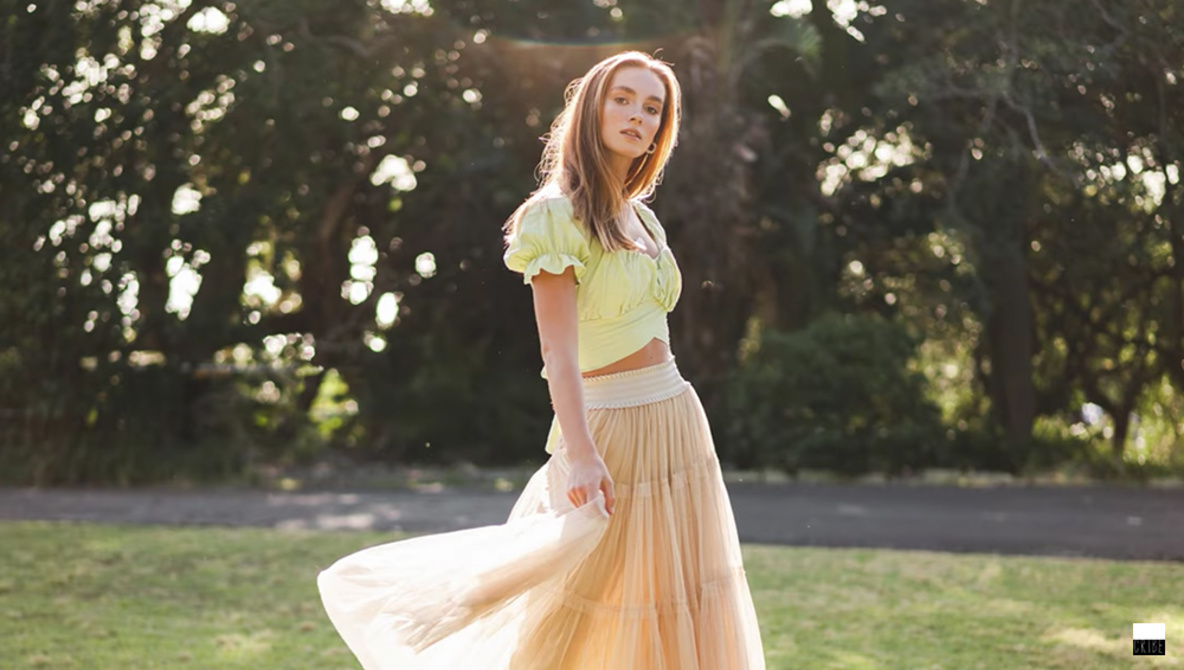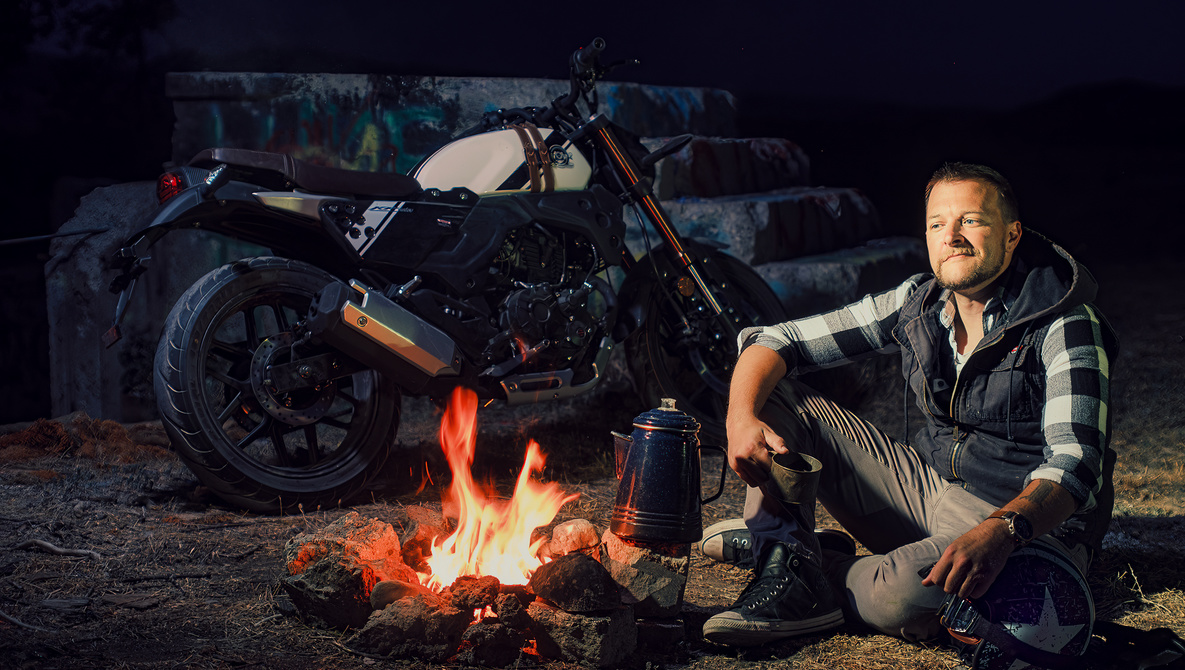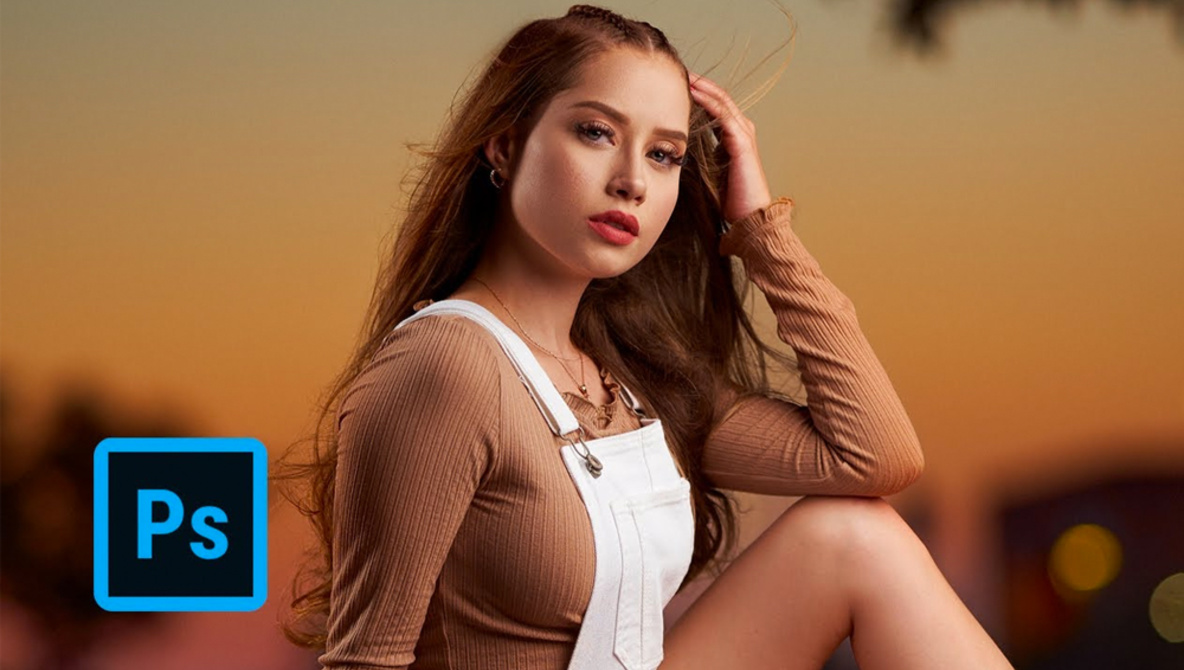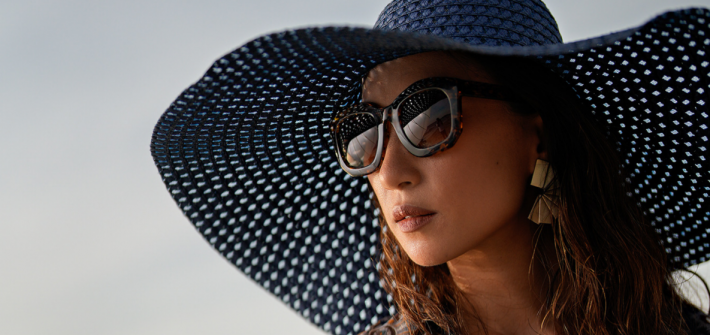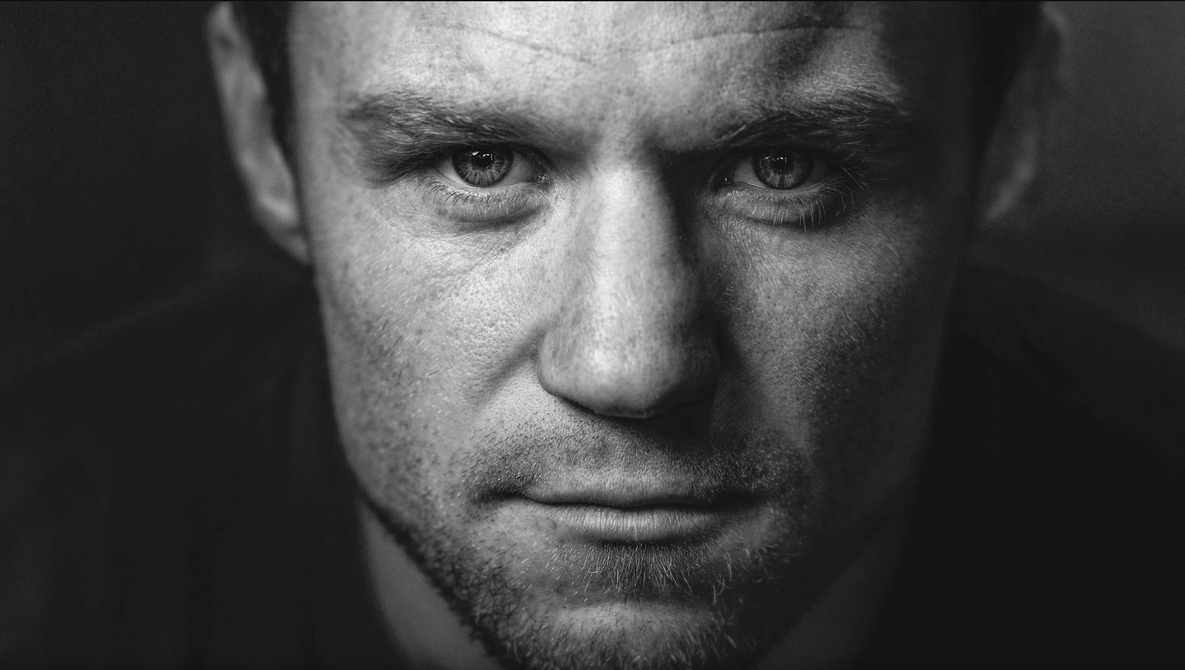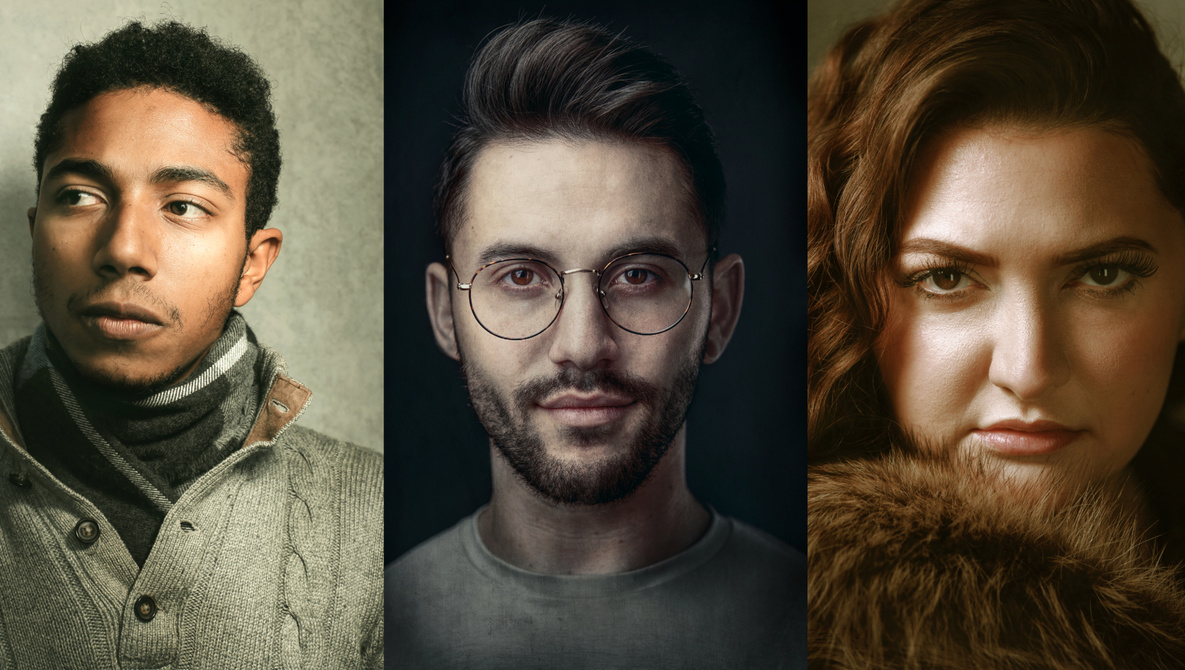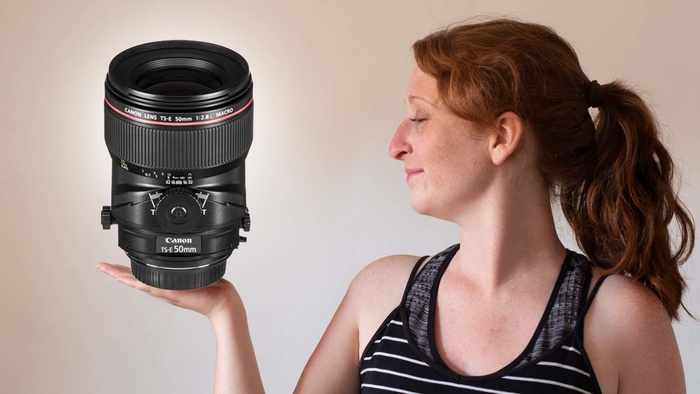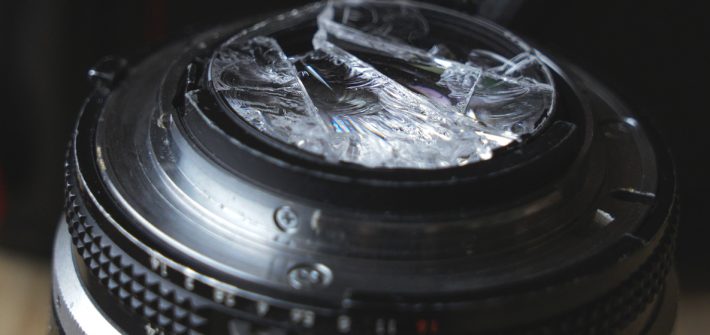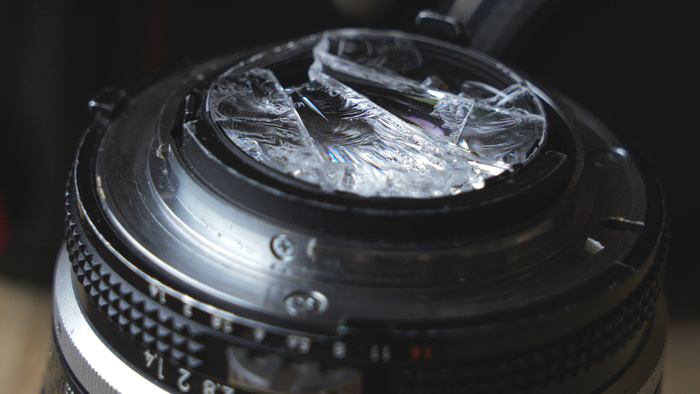How to light a portrait and determine the proper exposure settings are things that can be objectively codified, and in that sense, they can be a bit easier to learn. On the other hand, posing tends to be a bit more nebulous and is something a lot of photographers tend to struggle with when they are learning how to photograph portraits. If you want to improve your posing, check out this fantastic video tutorial that will show you five excellent tips sure to make your portraits better.
Portraits
A Review of the Fujifilm XF 23mm f/1.4 R LM WR Lens

A 35mm lens with a wide maximum aperture is one of the most useful and versatile optics a photographer can have in their bag, suitable for a huge range of applications, including weddings, astrophotography, portraits, and more. For Fuji shooters, there is the XF 23mm f/1.4 R LM WR lens, and this excellent video review takes a look at the sort of performance and image quality you can expect from it in real-world usage.
Learn How to Retouch Portraits in Photoshop With This Excellent Tutorial
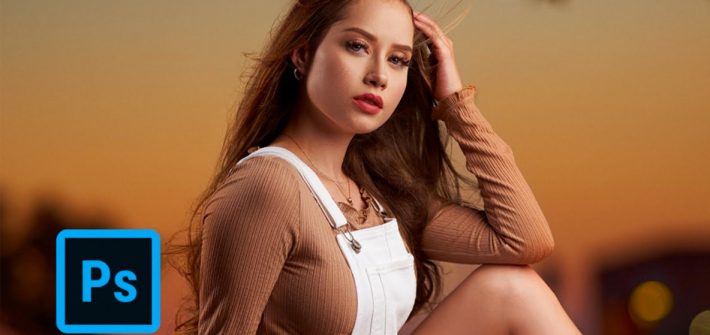
Knowing how to light, pose, and compose a portrait is only half the battle. To create a successful final image, you also need to have strong editing technique. If you would like to learn how to properly edit a portrait, check out this fantastic video tutorial that will guide you through the entire process, including frequency separation, dodging and burning, and color grading.
Lighting or Relighting? How Much Portrait Lighting Is Real?
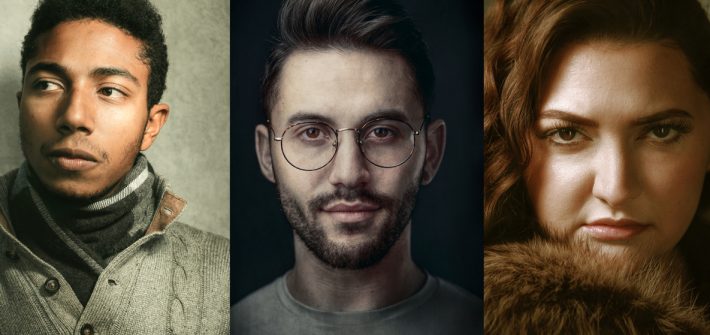
Studio photographers are often admired for their lighting skills, and for good reason. Creating compelling portrait lighting is not only extremely difficult, but requires lighting gear, backdrops, and a shooting space. Editing can play either a small or large role in the final image. Have you ever wondered how much of what you see was created in camera, as opposed to in the editing room? In this article, I will show you some before and after images from my own studio work and lift the veil on my editing process.
3 Portrait Lighting Setups Using 2 Lights

Tutorials on using a 1-light setup for portrait photography are commonplace, and rightly so. There are several ways that a single light source can be positioned to create flattering lighting on a subject. You might think that switching to a 2-light setup would be twice as complicated. This isn’t the case. There are several 2-light arrangements that are easy to understand and quick to set up. Using 2 lights can make it easy for you to transition between a clean headshot and a dramatic portrait.

